


A new approach to drug design can deliver medicine directly to the gut in mice at significantly lower doses than current inflammatory bowel disease treatments. The...
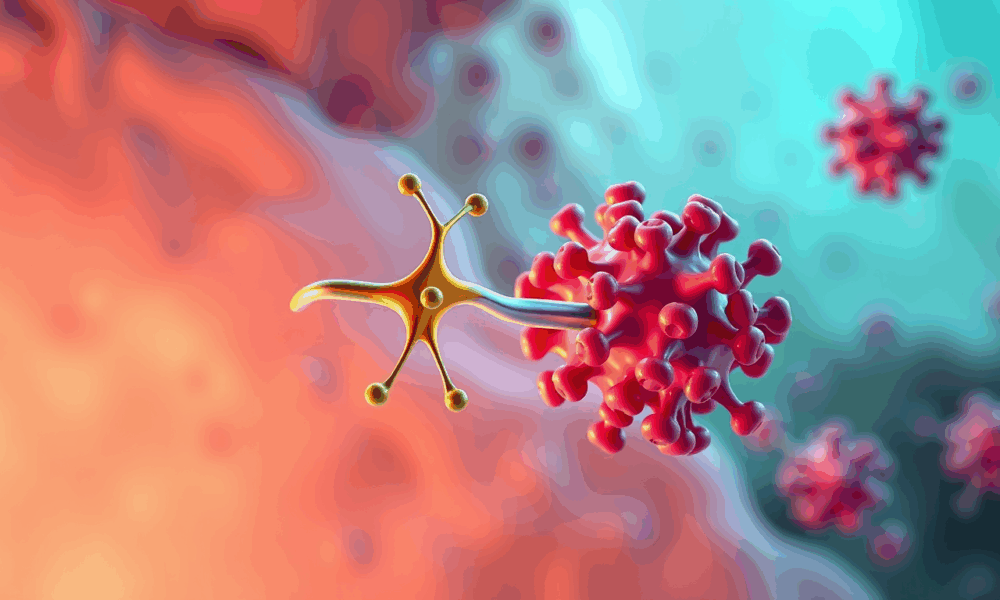
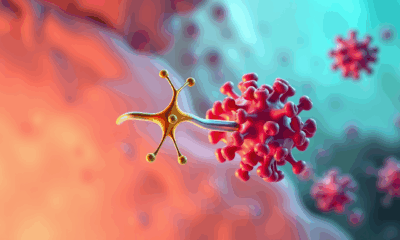

Scientists have discovered how chemokines and G protein-coupled receptors selectively bind each other to control how cells move.
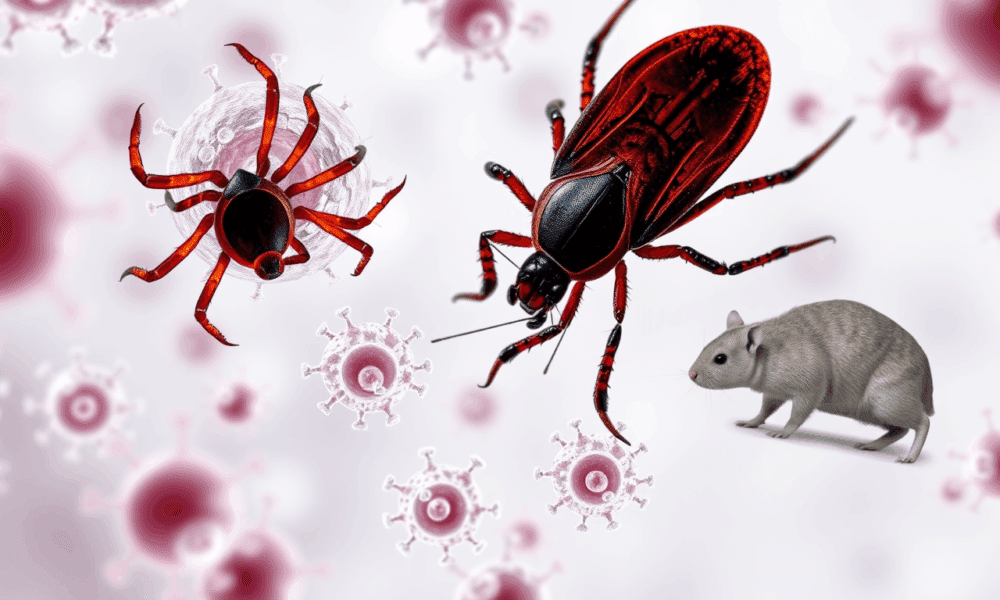


Piperacillin, an antibiotic in the same class as penicillin, effectively cured mice of Lyme disease at 100-times less than the effective dose of doxycycline, the current...



By analyzing DNA from different cells in nearly 200 lines of maize plants, research has revealed insights that could help growers better adapt their crops to...
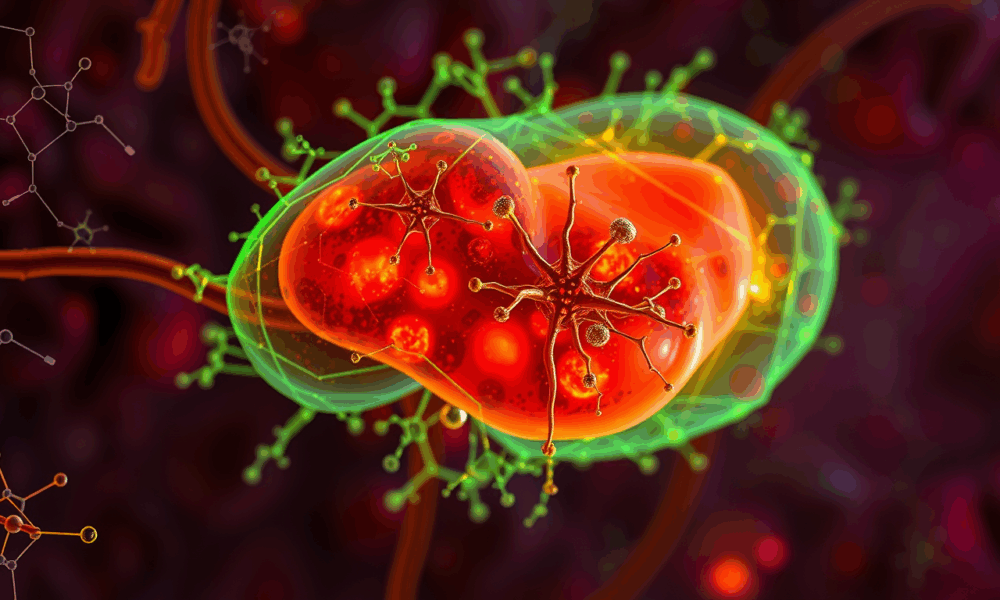
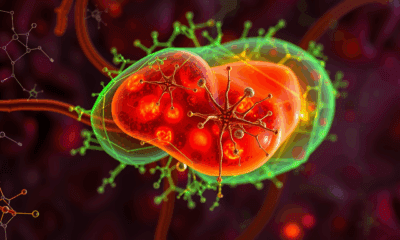

Researchers have revealed a temporal disruption in the metabolism of obese mice when adapting to starvation despite no significant structural disruptions in the molecular network. This...
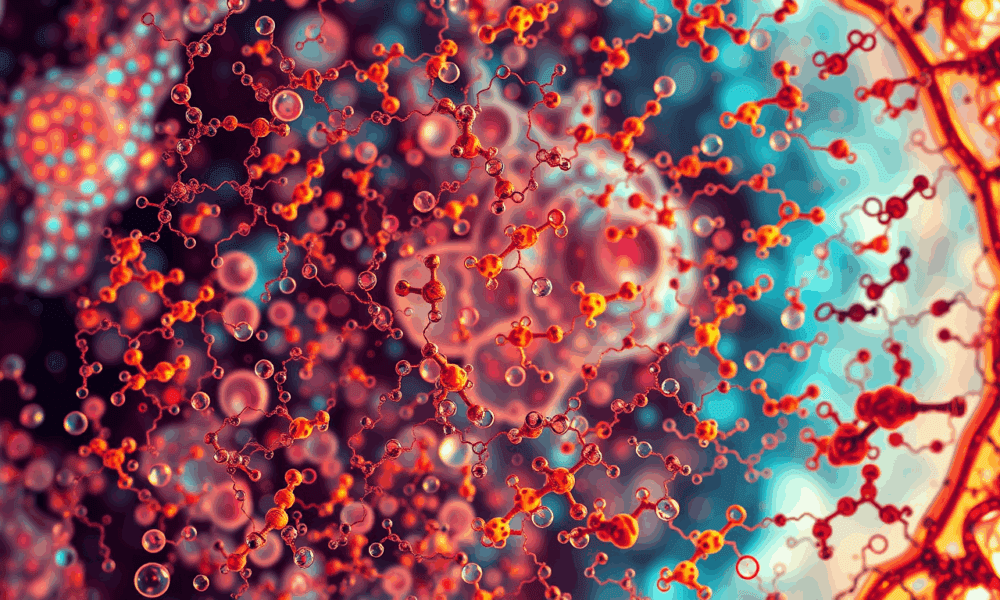


A new tissue expansion method enables scientists to use mass spectrometry imaging to simultaneously detect hundreds of molecules at the single cell level in their native...
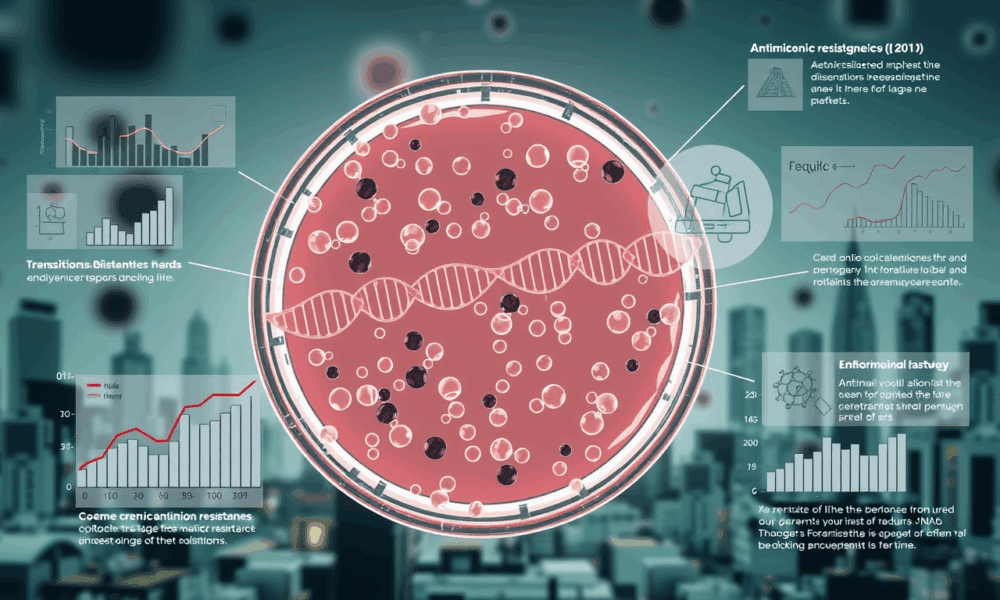
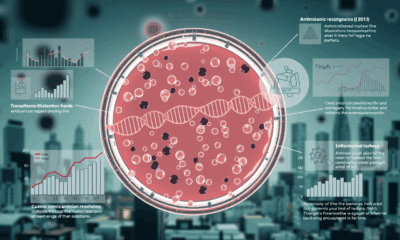

A research team has developed a computational tool, Argo, designed to accurately track ARGs in environmental samples, providing insights into their dissemination and associated risks.
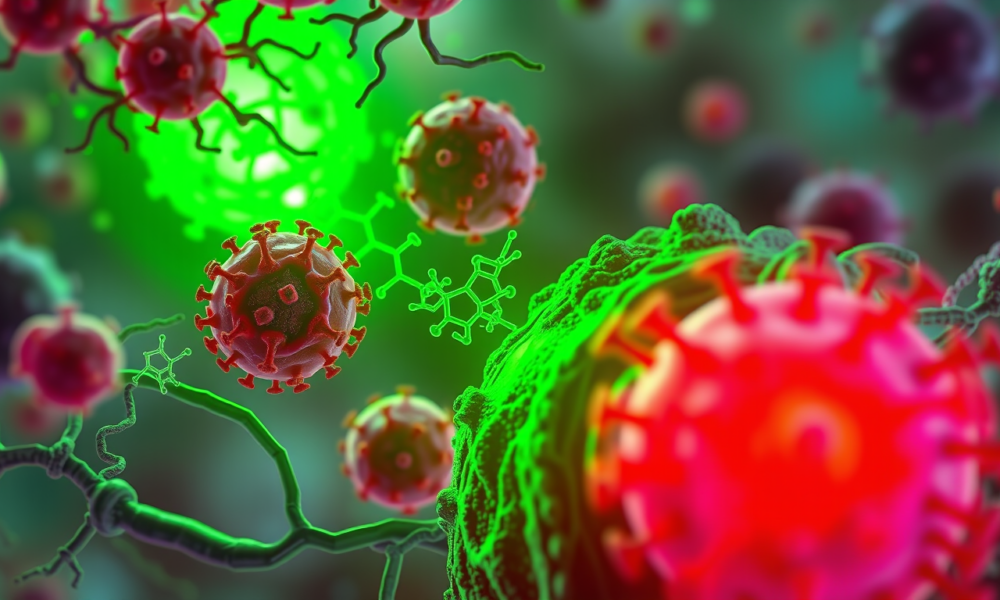
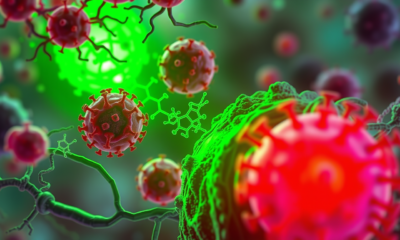

Bacteria naturally present in the human intestine (known as the gut microbiota) can transform cholesterol-derived bile acids into powerful metabolites that strengthen anti-cancer immunity by blocking...
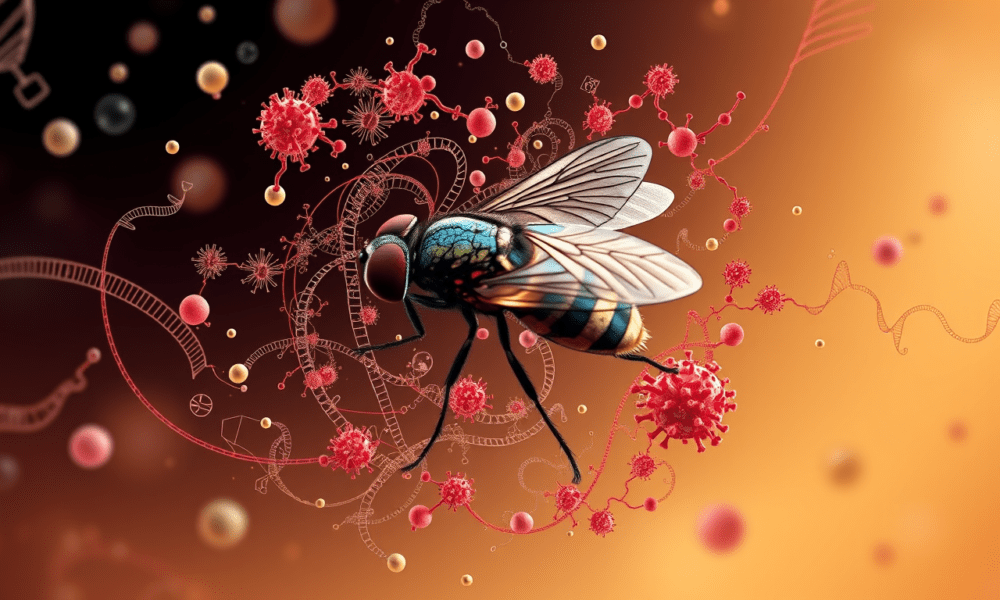
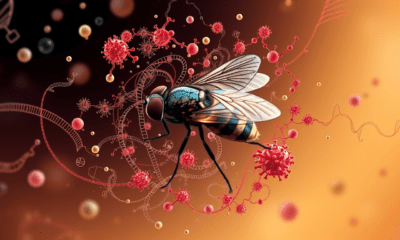

Researchers have found a new role for the transcription factor (proteins that regulate the transcription, or copying, of genes). In the fruit fly, this transcription factor,...
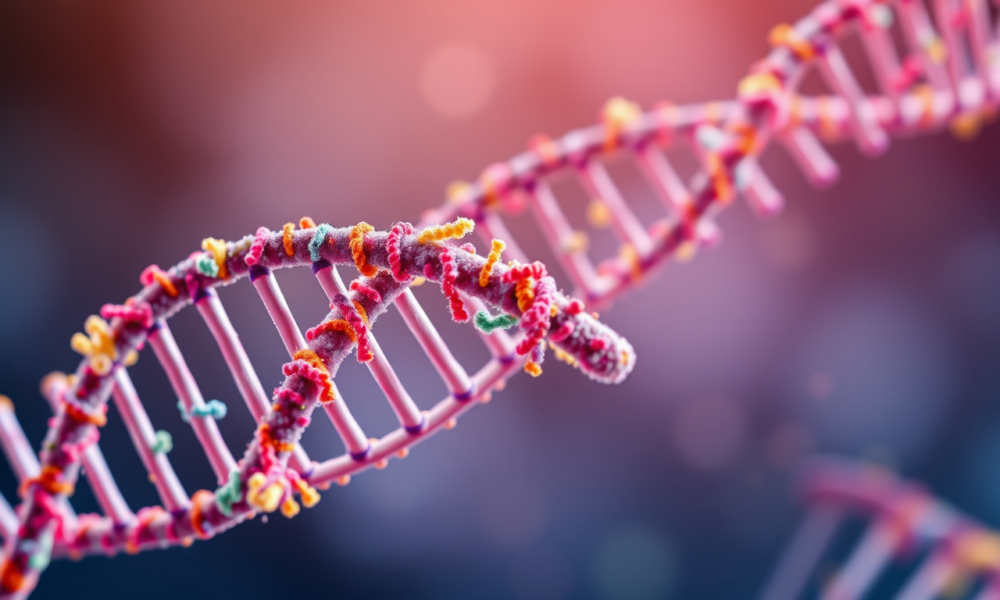
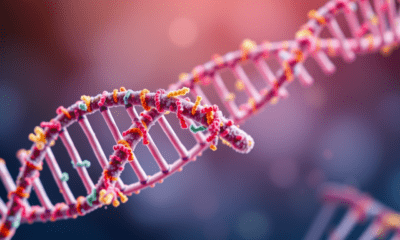

Research into transcription factors deepen understanding of the 'language' of the genome, offering insights into human development.